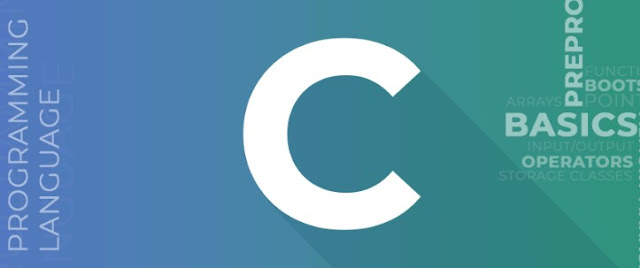Python Programming
PYTHON PROGRAMING LANGUAGE
Here's an outline for a basic Python programming course. Each module focuses on a specific topic and includes some suggested subtopics and exercises.
Week 1: Introduction to Python
- Overview of Python and its features
- Setting up Python environment
- Running Python scripts and using the interpreter
- Basic syntax and data types (numbers, strings, lists, dictionaries)
- Control flow (if statements, loops)
- Functions and modules
- Exercises: Write a program to calculate the factorial of a number. Create a function to check if a given string is a palindrome.
Week 2: Working with Data
- Reading and writing files
- CSV and JSON file handling
- Working with dates and times
- Regular expressions
- Manipulating strings
- Exercises: Write a program to read a CSV file and calculate the average of a specific column. Create a regular expression to validate email addresses.
Week 3: Data Structures
- Lists and tuples
- Dictionaries and sets
- Slicing and indexing
- List comprehensions
- Iterating over data structures
- Exercises: Write a program to find the common elements between two lists. Create a dictionary to store employee details and perform operations like adding, updating, and deleting entries.
Week 4: Object-Oriented Programming
- Introduction to OOP concepts
- Classes and objects
- Inheritance and polymorphism
- Encapsulation and abstraction
- Magic methods
- Exercises: Create a class representing a bank account and implement deposit and withdrawal methods. Use inheritance to create subclasses for different types of vehicles.
Week 5: Error Handling and Debugging
- Understanding exceptions
- Try-except blocks
- Handling multiple exceptions
- Debugging techniques and tools
- Logging
- Exercises: Write a program that handles a division by zero exception. Use debugging techniques to identify and fix a bug in a program.
Week 6: Working with Modules and Packages
- Importing modules and using functions/classes
- Creating and using modules
- Understanding the Python Standard Library
- Installing and using third-party packages (pip)
- Exercises: Create a module containing a function to calculate the square root of a number. Install and use the `requests` package to fetch data from a web API.
Week 7: File Handling and I/O
- Reading and writing text and binary files
- Working with file paths
- Context managers (with statement)
- Standard streams (stdin, stdout, stderr)
- Serializing and deserializing objects (pickle, JSON)
- Exercises: Write a program that reads a file and counts the occurrences of each word. Serialize and deserialize a Python object using pickle.
Week 8: Introduction to Testing
- Importance of testing
- Unit testing with the `unittest` module
- Writing test cases and test suites
- Test-driven development (TDD)
- Mocking and patching
- Exercises: Write unit tests for a function that sorts a list of numbers. Use mocking to test a function that interacts with a database.
Week 9: Working with APIs
- Understanding APIs and REST
- Making HTTP requests with `requests`
- Parsing and manipulating JSON/XML responses
- Authentication and API keys
- Rate limiting and handling errors
- Exercises: Fetch data from a public API and display specific information. Implement pagination for API responses.
Week 10: Final Project
- Design and implement a complete Python program or application
- Apply concepts and techniques learned throughout the course
- Showcase problem-solving and programming skills
- Document and present the project


Comments
Post a Comment